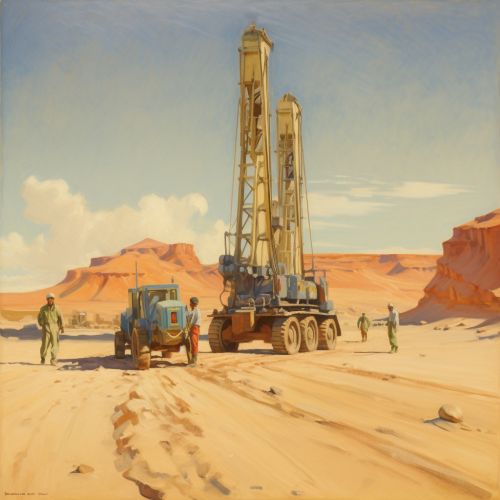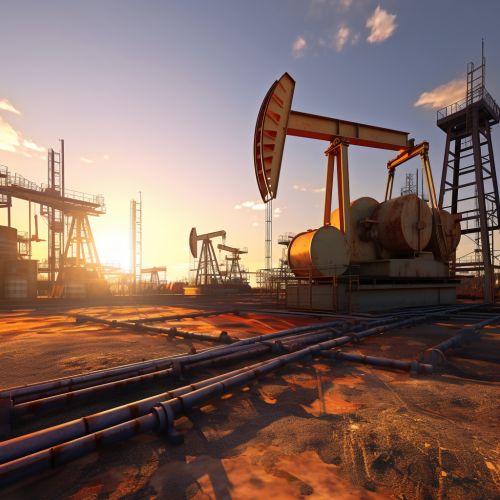Hydrocarbon exploration
Introduction
Hydrocarbon exploration is the systematic process of identifying subsurface deposits of hydrocarbons, specifically petroleum and natural gas. This process encompasses a series of intricate techniques, ranging from the initial surveying of a potential site to the eventual extraction of the hydrocarbons. As a pivotal component of the petroleum industry, hydrocarbon exploration plays a significant role in shaping the global energy supply and economy.


Geological Considerations
The initial phase in hydrocarbon exploration involves gaining a comprehensive understanding of the geological context of the potential site. This necessitates an in-depth study of the geological history of the area, including the types of rocks present, their age, and the geological processes that have shaped them. This information can provide valuable insights into the potential presence of hydrocarbons and the most effective methods for extraction.


Surveying and Seismic Exploration
Upon identifying a potential site, the subsequent step involves surveying the area. This often incorporates seismic exploration, a technique that utilizes the principles of seismology to generate a detailed image of the subsurface. Seismic waves are produced on the surface, and the manner in which these waves are reflected back to the surface can yield information about the structures and materials present beneath the surface.


Drilling and Sampling
If the surveying and seismic exploration suggest the presence of hydrocarbons, the ensuing step is drilling. Drilling involves creating a hole in the Earth's surface to access the hydrocarbons. During the drilling process, samples of rock and fluid are often collected for further analysis. These samples can offer additional information about the presence and quantity of hydrocarbons.


Extraction and Production
Upon confirmation of the presence of hydrocarbons, the final step is extraction. This involves employing various techniques to bring the hydrocarbons to the surface. The extracted hydrocarbons are then processed and refined into usable products, such as gasoline, diesel fuel, and natural gas.


Environmental and Economic Considerations
Hydrocarbon exploration carries significant environmental and economic implications. From an environmental perspective, the exploration and extraction of hydrocarbons can lead to habitat destruction, pollution, and climate change. Economically, hydrocarbon exploration can bring substantial revenue and jobs to a region, but it also comes with inherent risks, including the potential for boom-and-bust cycles and economic dependency on a single industry.


